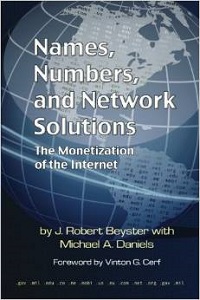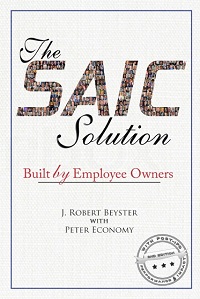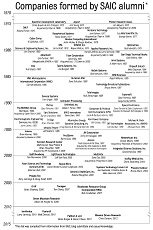Increasing the Debt Limit and Mapping Bacteria
2 Comments Published by Dr. Beyster August 2nd, 2011 in Energy, Government, Technology.By the time you read this blog post, the House and Senate will likely have passed legislation to increase the debt limit. I am personally concerned by the political gamesmanship that has been going on within both parties in the run up to these crucial votes.
While we cannot afford out-of-control growth in government spending, we also cannot afford the consequences of not increasing the debt limit. I for one am glad to see that both parties seem to finally be working together to craft a solution to this impasse.
We need to find our way past this obstacle, and then tackle the ongoing issues driving our nation’s debt. To do anything else will put our fragile economy in even greater danger.
* * *
I read an interesting article in the San Diego Union-Tribune this weekend about San Diego-based scientists who are working with scientists around the world on an ambitious effort called the Earth Microbiome Project. According to the article, the goal of these scientists is to create genetic maps of every one of the 5 million-or-so bacteria species that are known to exist on our planet today.
The idea is gain knowledge about what each of these bacteria do, and perhaps to use them for our benefit. For example, some species of bacteria might be good sources of oil that could be used as an alternative fuel. Some might be good sources of new pharmaceuticals or industrial materials.
Just like Craig Venter‘s work on finding useful species of algae in the oceans and deep lakes of the world, we just don’t know yet the full potential of what this project will reveal in time. So far about 156,000 bacteria have been cataloged. While there is a long way to go before scientists are able to catalog all 5 million species, the researchers are definitely moving in the right direction.
– Bob





Hi Dr. Beyster,
I just read Germs, Guns, and Steel by Jared Diamond over vacation last week. He makes a good argument that civilizations’ successes or failures can be predicted by their access to domesticable materials. Those societies which had access to bio assets such as barley, wheat or certain larger mammals survived and thrived, while those without access to same perished.
I’m thinking their might be something similar going on with the cataloging of bacteria you wrote about. Perhaps the domestication of these assets will enable societies to thrive in the same way.
Hope you are well,
Mike
Mike: Thanks for the tip. I’ll purchase the book and let you know what I think after I have a chance to read it. — Bob